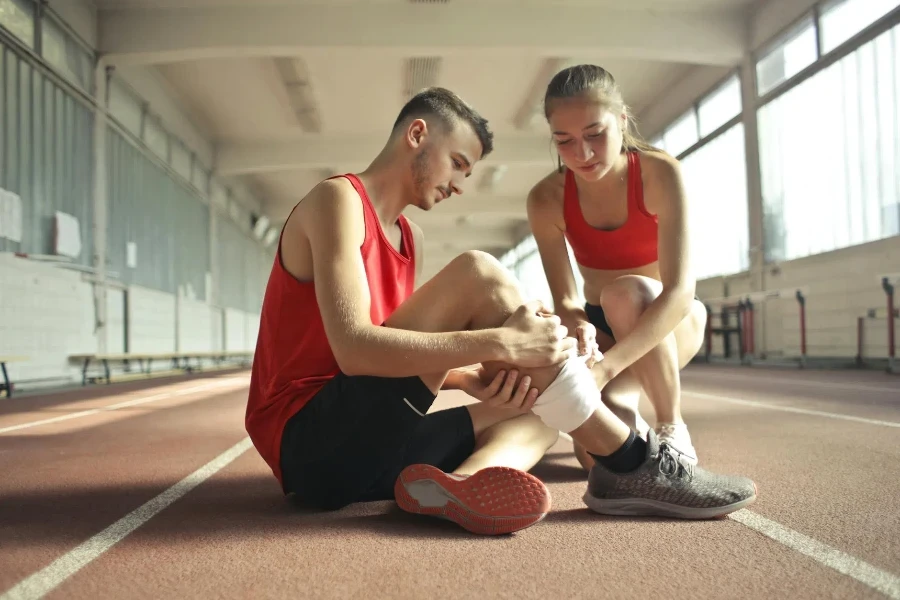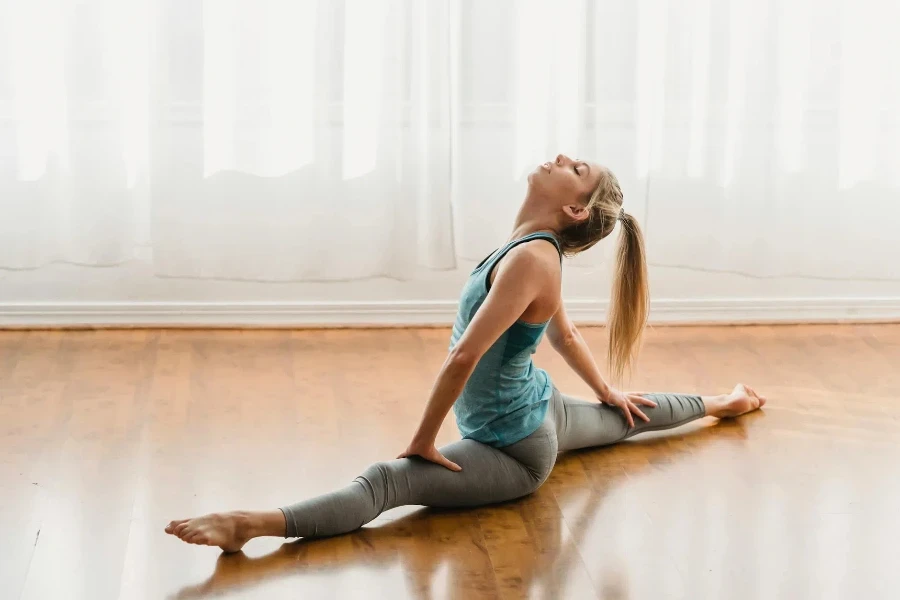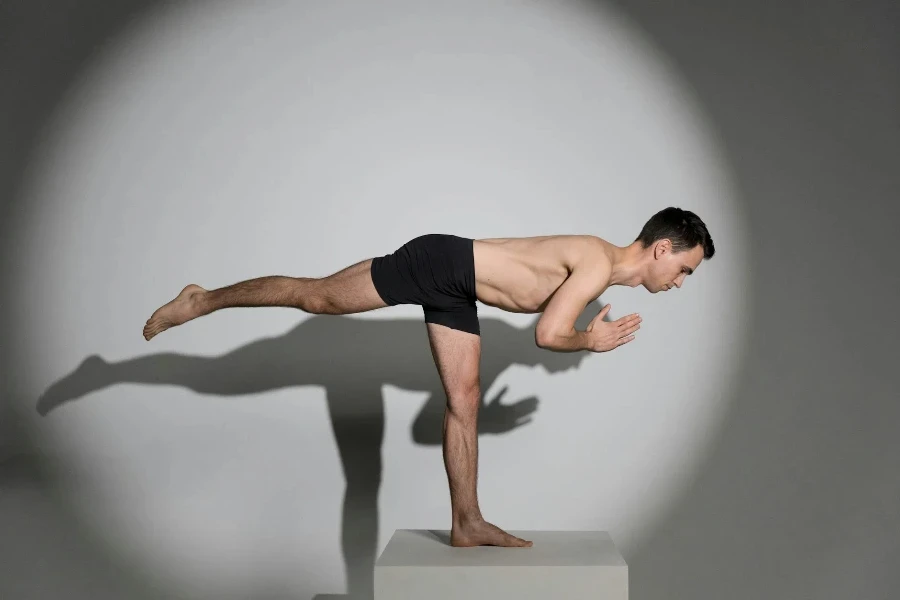Leg curls, a fundamental exercise targeting the hamstrings, are pivotal in the regimen of athletes across disciplines. This detailed exploration sheds light on their significance, techniques, and variations, aiming to enhance understanding and execution. Whether you’re a seasoned athlete or a fitness enthusiast, understanding the nuances of leg curls can significantly impact your performance and injury prevention strategies.
Table of Contents:
– The anatomy of leg curls
– The benefits of incorporating leg curls
– Proper technique and common mistakes
– Variations of leg curls for targeted training
– Integrating leg curls into your workout routine
The anatomy of leg curls

Leg curls primarily focus on the hamstring muscles, which are crucial for knee flexion and hip extension. These muscles play a significant role in explosive movements, stability, and endurance. Understanding the anatomy involved in leg curls is essential for maximizing the exercise’s effectiveness while minimizing the risk of injury. The hamstrings comprise three main muscles: the biceps femoris, semitendinosus, and semimembranosus. Each contributes to the complex mechanics of leg movement, highlighting the importance of targeted training through leg curls.
The benefits of incorporating leg curls

Incorporating leg curls into your training regimen offers numerous benefits, including improved athletic performance, enhanced flexibility, and reduced injury risk. By strengthening the hamstrings, athletes can experience better stability and power in their lower body, crucial for sprinting, jumping, and changing directions quickly. Additionally, strong hamstrings contribute to a balanced muscular system, preventing overuse injuries often seen in athletes. The preventive aspect of leg curls, therefore, cannot be overstated, making them an indispensable part of any comprehensive training program.
Proper technique and common mistakes

Executing leg curls with proper technique is paramount to reaping their full benefits while avoiding potential injuries. Key points include maintaining a neutral spine, controlling the movement through the entire range of motion, and avoiding excessive weight that leads to compensatory strategies. Common mistakes such as jerky motions, incomplete range of motion, or improper positioning can diminish the exercise’s effectiveness and increase the risk of strain. This section emphasizes the importance of mindfulness and precision in performing leg curls, offering guidance to refine execution.
Variations of leg curls for targeted training

To prevent plateauing and address specific training needs, integrating variations of leg curls can be highly beneficial. Options include lying leg curls, seated leg curls, and standing leg curls, each targeting the hamstrings differently due to variations in body positioning and movement dynamics. Additionally, incorporating stability tools like exercise balls or resistance bands can introduce a functional training aspect, enhancing core engagement and balance. This diversity not only keeps the training engaging but also ensures comprehensive hamstring development.
Integrating leg curls into your workout routine

Strategically incorporating leg curls into your workout routine can amplify their benefits. For athletes, aligning leg curls with training goals and current fitness levels is crucial. This might involve varying the intensity, volume, and frequency of leg curls based on the phase of training or specific performance objectives. Additionally, complementing leg curls with exercises that target the quadriceps and glutes can ensure balanced lower body strength, critical for optimal performance and injury prevention.
Conclusion: Leg curls stand out as a foundational exercise for athletes, offering significant benefits ranging from enhanced performance to injury prevention. Understanding their anatomy, benefits, and proper execution, while integrating variations and strategically incorporating them into training routines, can elevate an athlete’s capability. Embracing the insights shared can transform leg curls from a routine exercise into a cornerstone of athletic development.




